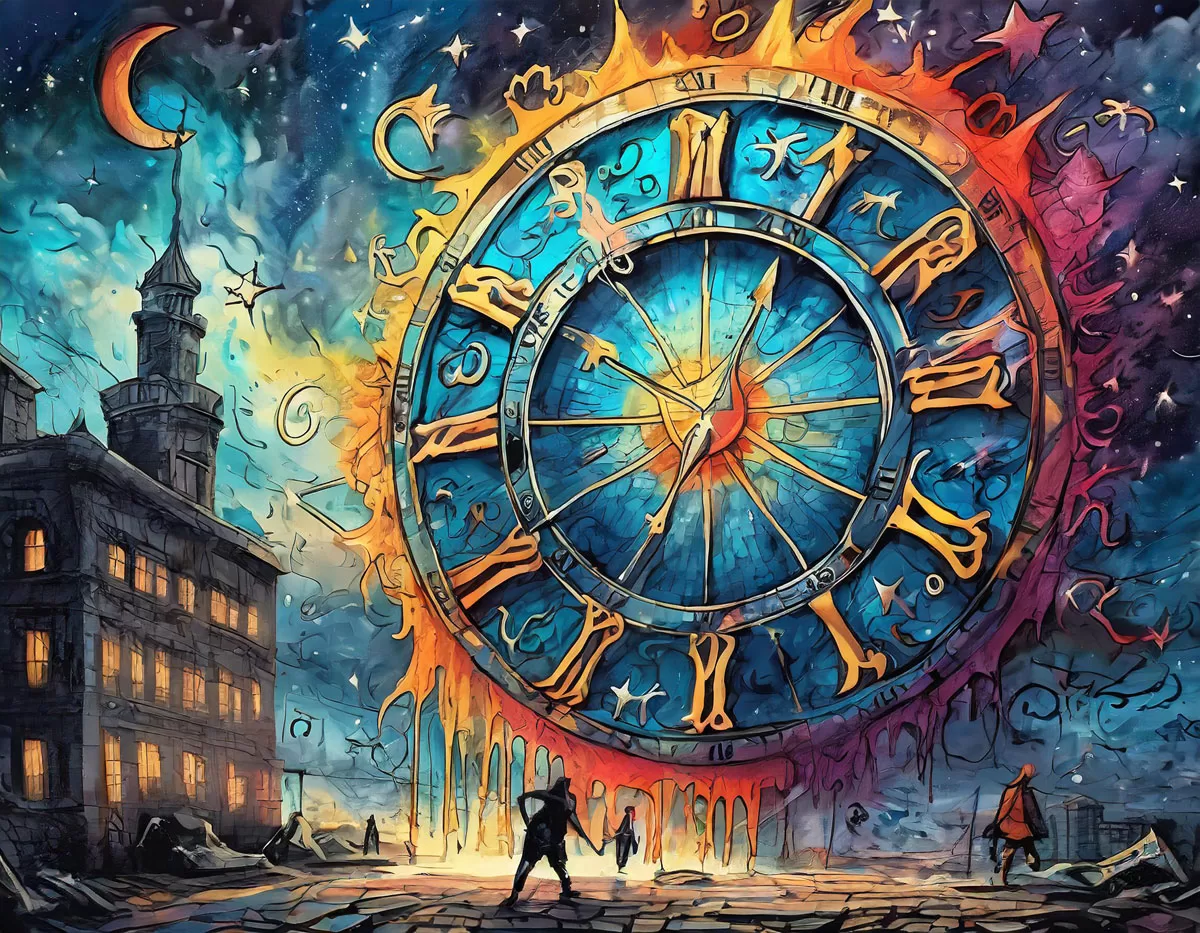
- Sat, 27 July 2024

In the vast tapestry of the cosmos, there exists a realm so perplexing, so enigmatic, that it has left even the brightest minds in a state of awe and bewilderment. This realm, dear reader, is the domain of quantum mechanics, where the fabric of reality is woven with threads of probabilities, superpositions, and entanglements. As we embark on this journey into the quantum world, prepare to have your understanding of the universe turned upside down and inside out!
At the heart of quantum mechanics lies a counterintuitive principle that defies our everyday experiences: superposition. In the classical world, an object can be in one place at a time. But in the quantum realm, particles like electrons can exist in multiple states simultaneously. Imagine tossing a coin and, instead of it landing as heads or tails; it hovers in a blurred state of both until you look at it. This is the essence of superposition.
But the strangeness doesn’t end there. When two quantum particles interact, they become entangled. This means the state of one particle depends on the state of the other, no matter the distance between them. If you were to change the state of one particle, the other would instantaneously reflect that change, even if they were galaxies apart. This phenomenon, which Einstein called “spooky action at a distance,” challenges our notions of space and time.

To truly grasp the bizarre nature of quantum mechanics, let’s delve into the tale of Schrödinger’s cat. Conceived by physicist Erwin Schrödinger, this thought experiment presents a cat inside a sealed box with a radioactive atom and a poison mechanism. If the atom decays, the poison is released, killing the cat. But if it doesn’t, the cat remains alive. The cat is superposed to being alive and dead until the box is opened and observed.
This paradox highlights the crux of the measurement problem in quantum mechanics. Does the act of observation collapse the superposition? Or do all possible outcomes occur in some reality?
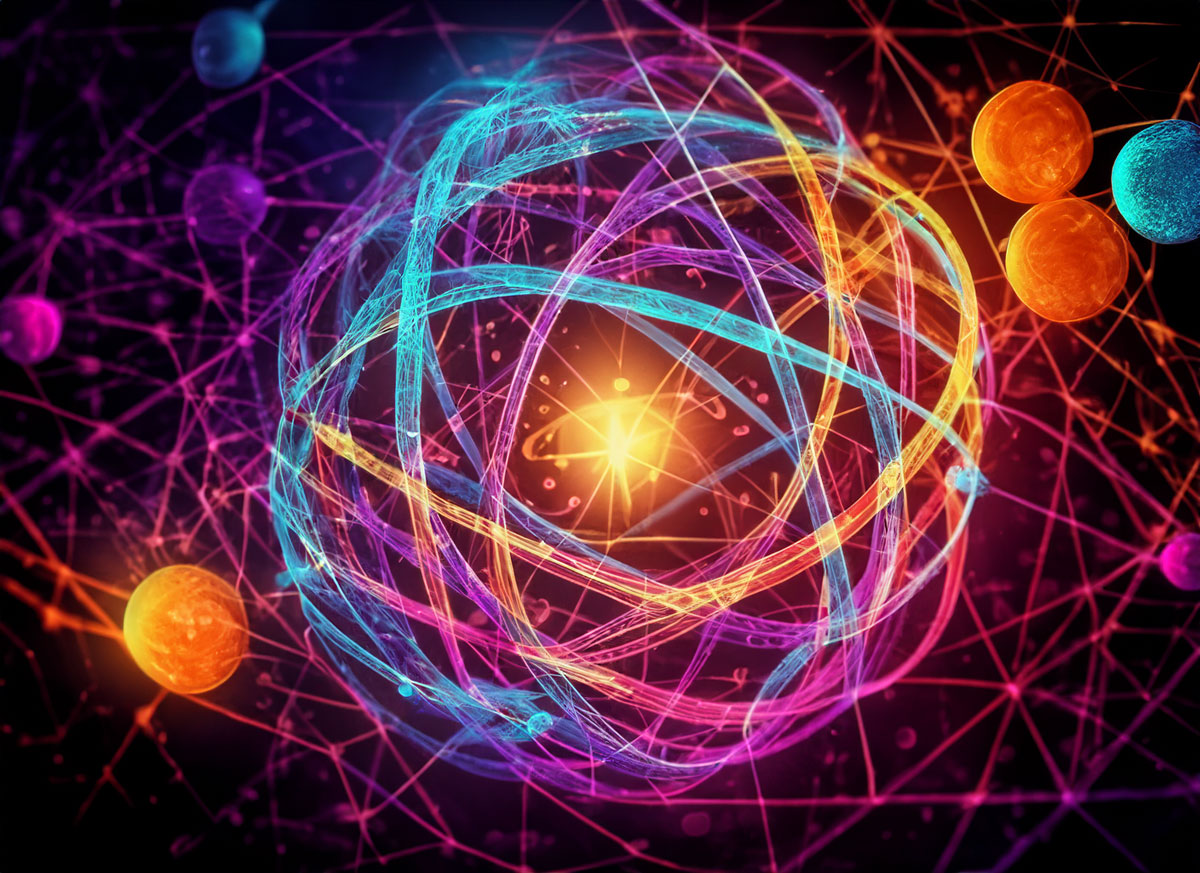
Here’s where the plot thickens. The many-worlds interpretation posits a radical solution to the measurement problem. Instead of the wave function collapsing upon observation, it suggests that the universe branches off into multiple realities. In one universe, the cat is alive; in another, it’s dead.
Imagine the countless decisions you make daily. According to the many-worlds interpretation, each decision leads to a branching of the universe. There’s a universe where you had cereal for breakfast, another where you had toast, and yet another where you skipped breakfast altogether!
But how does this branching occur? The answer lies in the wave function, a mathematical description of the quantum state of a system. When a quantum event happens, the wave function doesn’t collapse but instead splits, creating multiple parallel realities.
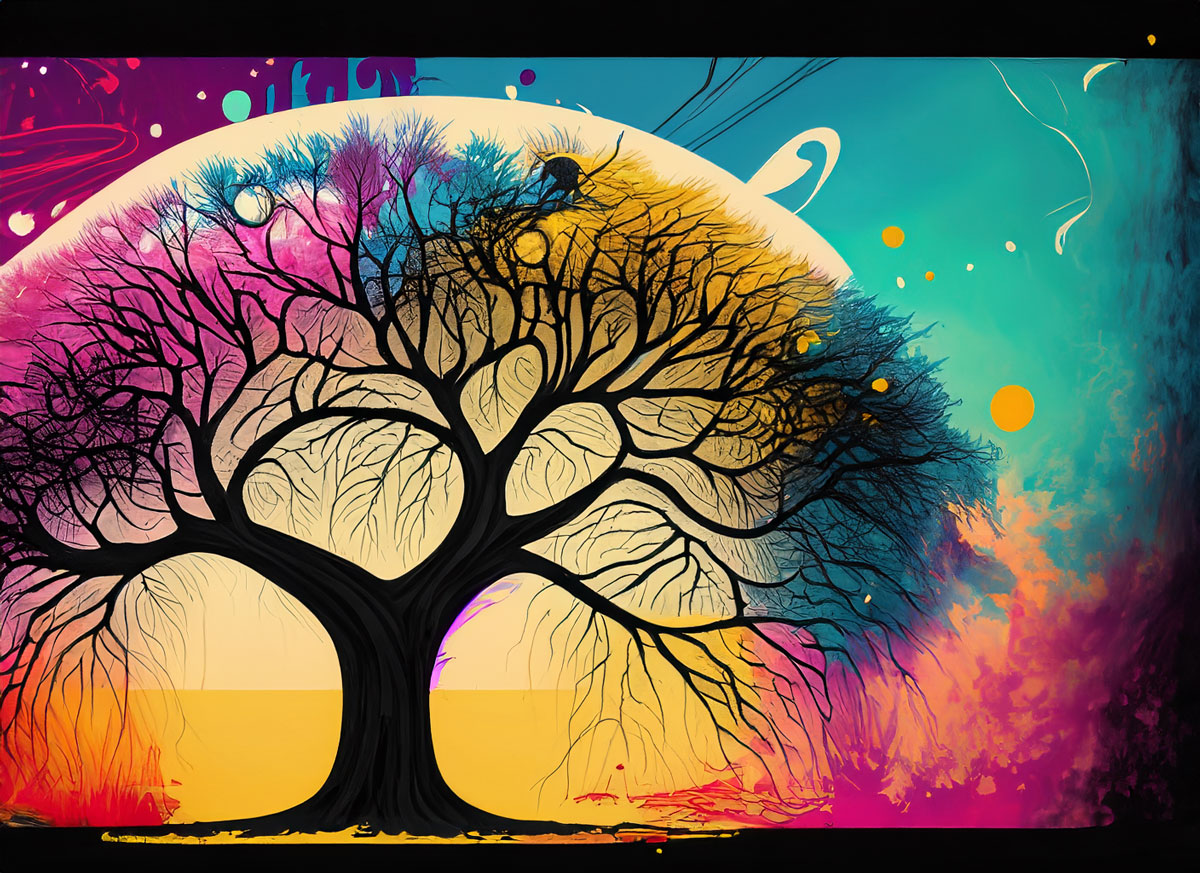
To shed light on this mind-boggling theory, we turn to Caltech professor Sean Carroll, a leading voice in the realm of quantum mechanics and the many-worlds interpretation. In a riveting discussion, Carroll elucidates the intricacies of this theory.
“Many people think of the many-worlds interpretation as a philosophical idea, but it’s deeply rooted in physics,” Carroll explains. “Every time there’s a quantum event, the universe branches. But these branches don’t interact, so we’re unaware of them.”
Carroll also addresses common misconceptions. “The idea isn’t that new universes are created,” he clarifies. “Rather, the universe constantly evolves and branches in the quantum realm.”
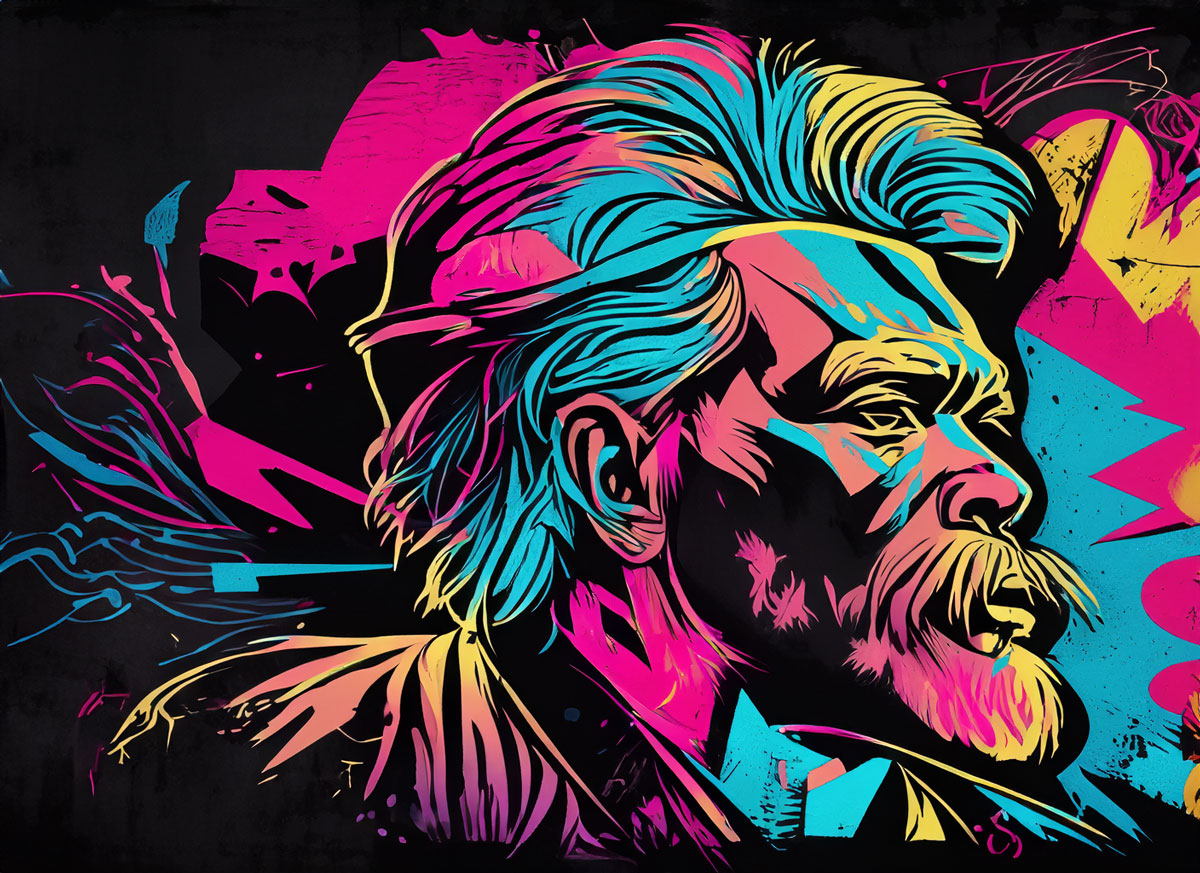
The many-worlds interpretation isn’t just a scientific theory; it has profound philosophical and ethical implications. If every decision leads to a branching of the universe, what does that mean for concepts like fate, destiny, and free will? Are we merely passengers on a predetermined journey, or do we carve our paths with every choice we make?
Furthermore, if every possibility is realized in some universe, how does that impact our understanding of morality and consequences? In one universe, a crime might go unpunished, while in another, justice is served. Does this multiverse perspective absolve individuals of responsibility, or does it underscore the significance of every action?
As we stand on the precipice of understanding, gazing into the quantum abyss, we’re reminded of the vastness of the unknown. The universe, in all its splendor and mystery, beckons us to explore, question, and wonder.
So, dear reader, as you ponder the enigmas of the cosmos, remember that reality is far more intricate and fascinating than we can fathom. In the dance of particles and waves, in the intertwining of fate and free will, lies a story of infinite possibilities, waiting to be discovered.
For a deeper exploration into the mesmerizing world of quantum mechanics and the many-worlds interpretation, check out this intriguing video that inspired this article.

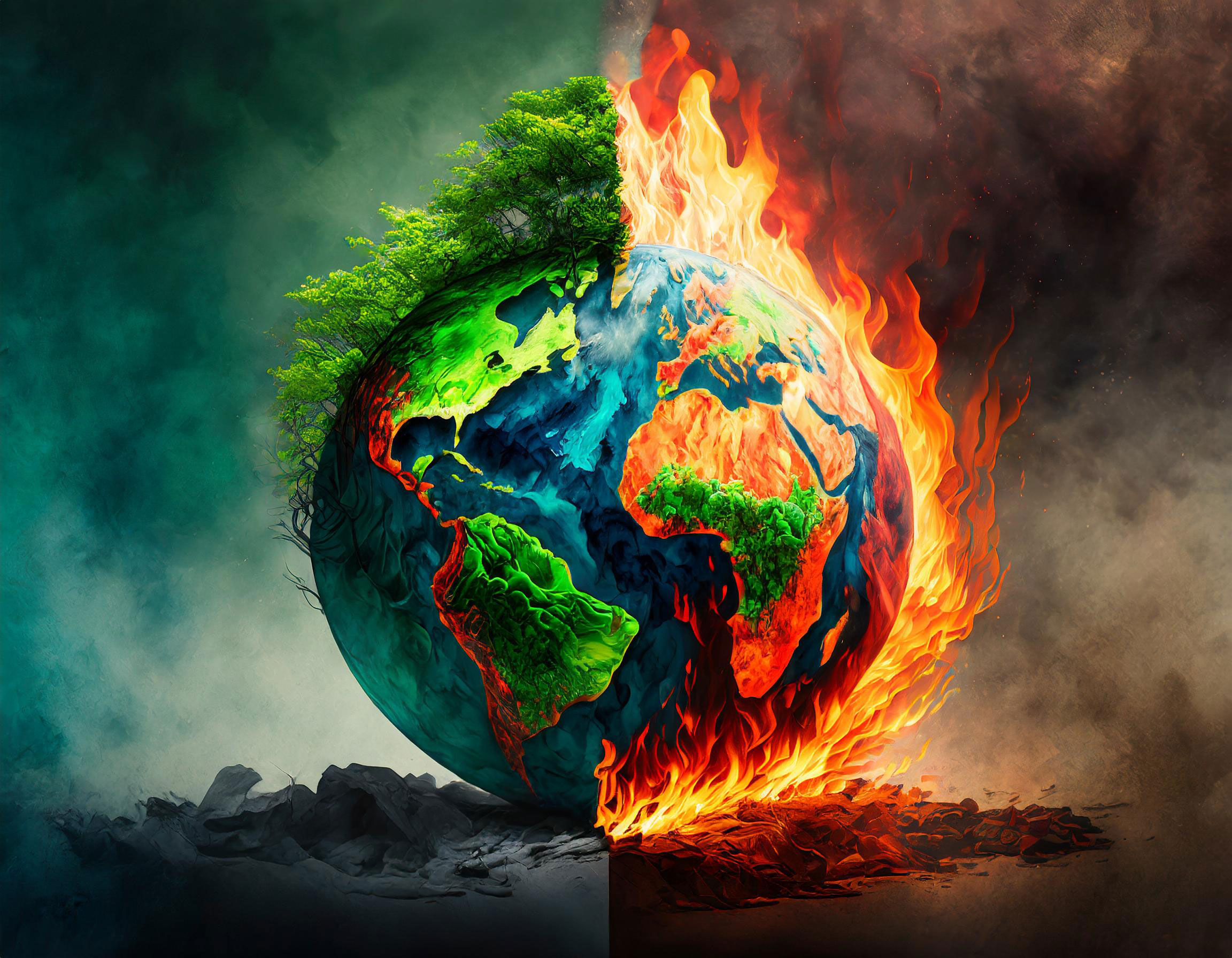


Purus ut praesent facilisi dictumst sollicitudin cubilia ridiculus.
Fake News and Nonspiracies Debunked.
Debunking Myths, Exploring Truths. Discover alternative insights on news, science, and culture, crafted by visionary minds. Join us for a journey beyond the mainstream.
Sign up our newsletter to get update information, news and free insight.